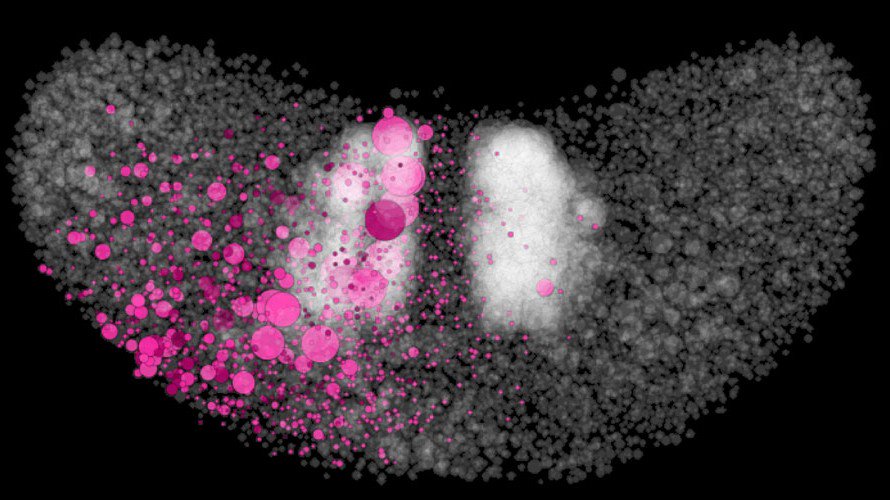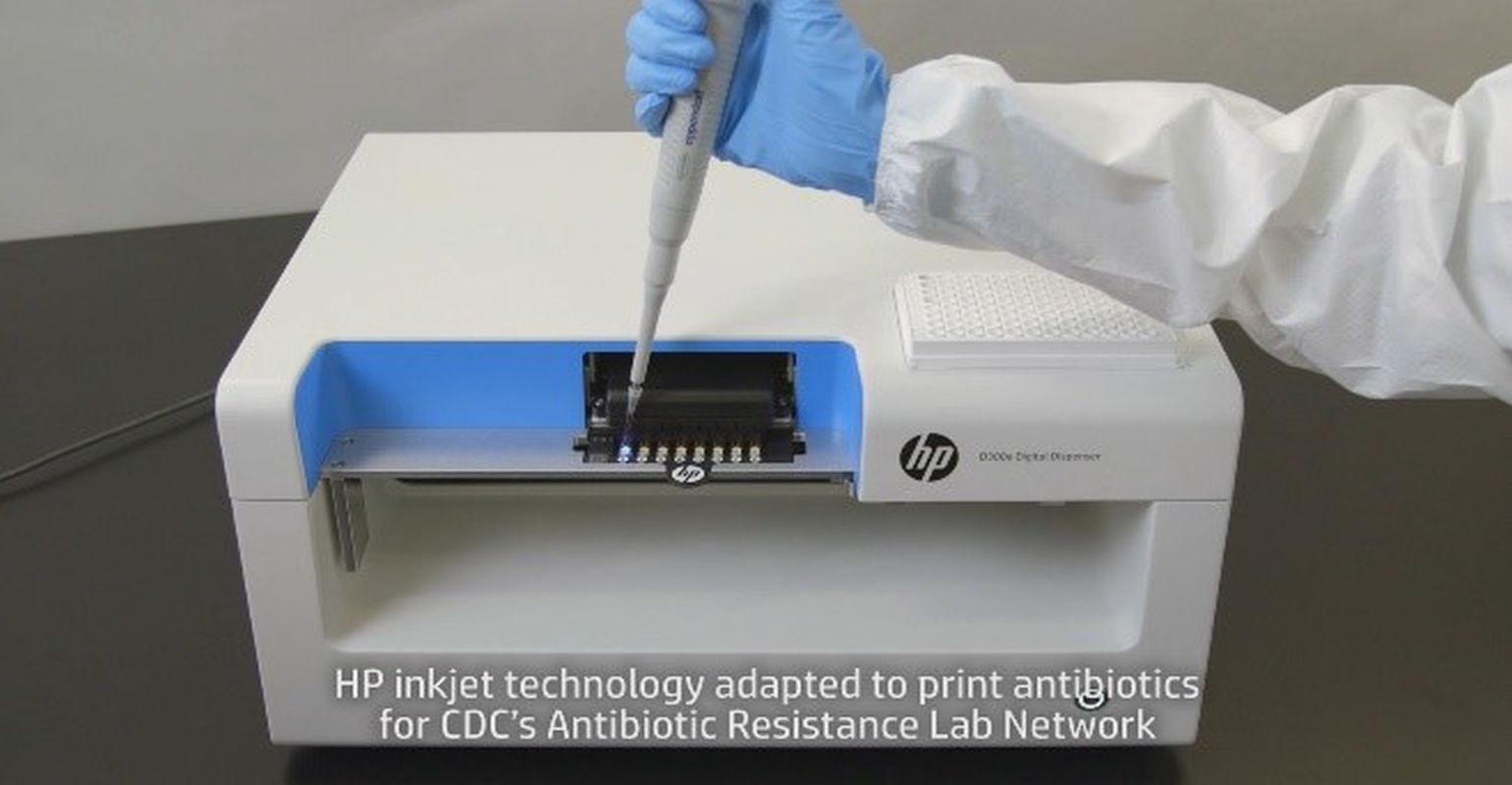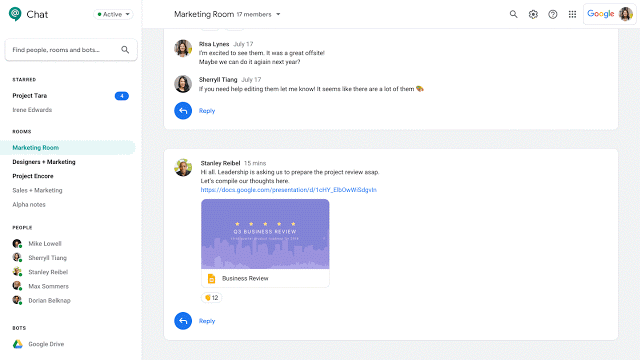Music
Trailers
DailyVideos
India
Pakistan
Afghanistan
Bangladesh
Srilanka
Nepal
Thailand
StockMarket
Business
Technology
Startup
Trending Videos
Coupons
Football
Search
Download App in Playstore
Download App
Best Collections
Technology
Itno surprise that political discourse in America is divided — especially online. And last week inMIT Technology Review,data visualization company Graphika brought those divides to life with 3D, colored depictions of the kind of filter bubbles found on Twitter in the U.S.
Co-written by GraphikaCEO John Kelly and the companyresearch directorCamille François, the graphics imagine Twitter users as colored orbs (larger or smaller depending on their follower sizes) and groups them depending on who follows whom.
The authors told TechCrunch that to create these particular data visualizations they used data from about 13,500 of the best connected accounts following members of Congress and national-level official political party accounts. Other starting places, such as singular states or grassroots parties, also illustrated these looming national echo chambers, the authors said.
The visuals help bring into stark realization some predictable trends. For example, there is essentially zero crossover in followers between extreme Trump supporters and people who are extremely anti-Trump. The progressive movement is strongest in its connections between Democrats and left-wing journalists, but has some connections on the conservative sphere, as well.

Progressive Data
One interesting point that the graphic does bring into focus is that, despite our preconceptions of either the entire left or the entire right representing a singular ideology, in fact itprimarily accounts on the far edge of these groups who do most of the talking. The authors point out that for some of these accounts, the high and identical numbers of tweets point toward a bot instead of an actual user.
This kind of polarization is exactly what makes it possible for bad outside actors (like Russia) to influence political discourse and action in a social sphere. Instead of targeting the middle of the spectrum — where users are generally quieter and generally less strictly partisan in their views — these actors can engage with polarized communities, gain their trust and introduce new or exacerbating ideologies.
&Itthe digital equivalent of moving to an isolated and tight-knit community, using its own language quirks and catering to its obsessions, running for mayor, and then using that position to influence national politics,& the authors write.
If these data point to anything, itthat ittime we begin to value listening over talking.
&The extremes are screaming while the center whispers,& the authors told TechCrunch.
Ithuman nature to want to confirm your beliefs with those who agree with you, especially in times of uncertainty or fear. However, by retreating to echo chambers that are being infiltrated with bad actors, we&re doing nobody a favor, least of all ourselves.
- Details
- Category: Technology
Read more: Graphika visualizes Twitter’s filter bubbles in the US
Write comment (91 Comments)Toyota and Uber are partnering to bring an on-demand autonomous ride-hailing service to market, a deal that includes a $500 million investment from the Japanese automaker.
Under the agreement, Toyota Sienna minivans will be equipped with Uber self-driving technology and then deployed on the ride-hailing companynetwork, the companies said.
The deal, which was firstreported by the WSJand later confirmed with new details by TechCrunch, is unusual because a third—and yet unnamed fleet operator—would own and operate the mass-producedautonomous vehicles.Pilot-scale deployments will begin on the Uber ride-sharing network in 2021, the companies said.
Ita first of its kind deal for Uber, CEODara Khosrowshahi noted in a statement released Monday afternoon.Italso one that should help further improve Uberimage as a reckless do-now-ask-for-forgiveness startup, particularly in thewake of the fatal self-driving vehicle accident in March.
&Uberadvanced technology and Toyotacommitment to safety and its renowned manufacturing prowess make this partnership a natural fit,&Khosrowshahi. &I look forward to seeing what our teams accomplish together.&
The companies are calling this a&Autono-MaaS& fleet, a jargon term meant to mean autonomous-mobility as a service.
Toyota (and its research arm the Toyota Research Institute) has a different deployment strategy for autonomous vehicles than its competitors. The company has previously said it plans to take a dualapproach to autonomy that it calls &Guardian& and &Chauffeur,& both of which use the same technology stack.
Toyotaidea is todevelop fully autonomous cars to serve an aging population and the disabled as well as work on technology for regular production cars that could switch between assisted and full autonomy. This &guardian& technology wouldoperate silently in the background.
TRIdebuted its first-generation autonomous vehicle in March 2017. Its Platform 2.1 vehicle, revealed just a few months later, features light ranging and detection radar developed by Silicon Valley startup Luminar.
Under this new agreement,Uberautonomous driving system and the Toyota &guardian& automated safety support system would both be integrated into these Autono-MaaS vehicles.
Toyota will also use its core information infrastructure for connected vehicles—something is calls a mobility services platform, or MSPF.
&Uberautomated driving system and Toyotaguardian system will independently monitor the vehicle environment and real-time situation, enhancing overall vehicle safety for both the automated driver and the vehicle,& said Dr. Gill Pratt, Toyota Research Institute CEO.
Toyota already had a relationship with Uber, albeit not as close as it will under this new arrangement. Toyota announced at CES in January that it is working withAmazon, ride-hailing companies Uber and Didi, automaker Mazda and Pizza Hut to develop an electric autonomous shuttle that can be used to deliver people or packages. The business alliances were created tofocus on the development of the new e-Palette Concept Vehicle in the near term.
- Details
- Category: Technology
Read more: Toyota invests $500 million into Uber
Write comment (93 Comments)In Facebook latest high&profile departure, corporate communications lead Rachel Whetstone will leave for a top PR role at Netflix. Whetstone joined Facebook about a year ago after leaving a similar position running communications at Uber during some of the companymost fraught days. Prior to Uber, Whetstone worked for Google as its SVP of communications and public policy.
Facebook confirmed Whetstonedeparture, which was first reported by Recode. &Itbeen amazing to be able to learn from one of the best over this last year,& FB Comms VP Caryn Marooney said in a statement provided to TechCrunch. &We are grateful for what Rachel has brought to our team and we know she will have continued success at Netflix.&
Whetstone won&t be leaving Facebook for another few months still as the company prepares for the transition. After her departure, Caryn Marooney will return to leading Facebookglobal communications team, a role she shared during Whetstonetime with the company.
In a separate statement today, Netflix welcomed its new hire. &Rachel is a proven communications leader and a strong addition to the Netflix team,& said Netflix CEO Reed Hastings in a statement. &Her deep knowledge and international expertise will be invaluable as we bring Netflix and its expanding lineup of original content to an increasingly global audience.&
At Netflix, Whetstone will replace former PR head Jonathan Friedland, who created his own PR crisis at the company earlier this summer when he was fired for his use of a racial slur.
- Details
- Category: Technology
Read more: Facebook comms VP Rachel Whetstone is heading to Netflix
Write comment (96 Comments)At least 2 million people in the U.S. become infected with so-called &super bugs& and at least 23,000 people die as a direct result of these infections each year, according to the Centers for Disease Control (CDC). Now, HPBiohacker technology is working with the CDC on a pilot program to &print& and test antibiotics in an effort to catch these antimicrobial resistant strains from spreading faster.
The HP D300e Digital Dispenser BioPrinter technology works by using the same set up as a regular ink printer, but instead dispenses any combination of drugs in volumes from picoliters to microliters to be used for research purposes.
Part of the reason these bugs spread so rapidly often comes down to mis-use of antibiotics, leading the bacteria to develop a resistance to the drugs available. The CDC hopes to give hospital providers access to the technology nationwide to cut down on the problem.
&Once a drug is approved for use, the countdown begins until resistance emerges,&Jean Patel, PhD, D (ABMM), Science Team Lead, Antibiotic Resistance Coordination and Strategy Unit at CDC said in a statement. &To save lives and protect people, it is vital to make technology accessible to hospital labs nationwide. We hope this pilot will help ensure our newest drugs last longer and put gold-standard lab results in healthcare providers& hands faster.&
The 3D bioprinting sector has been experiencing rapid growth over the last few years and will continue on pace through the next decade, mainly due to R-D, according to market researchers. Innovation in the space includes printing of organs and human tissue and drug research and development.
Further, this potentially valuable antibiotic resistance research could help patient care teams stem a grim future where we experience a regression in health and life spans due to no longer having the ability to treat currently curable diseases.
The HP BioPrinter is currently used by labs and pharmaceutical companies such as Gilead, which tests for drugs used against the Ebola virus. It is also being used in various CRISPR applications.The CDC will use these printers in four regional areas spread throughout the U.S. within the Antibiotic Resistance (AR) Lab Network to develop antimicrobial susceptibility test methods for new drugs, according to HP.
- Details
- Category: Technology
Read more: HP is ‘printing’ drugs for the CDC to speed up antibiotic testing
Write comment (92 Comments)Ipsy, the beauty box subscription serviceand e-commerce site founded in 2011 by YouTube creator Michelle Phan, is expanding its business beyond sample-sized products. The company today is debuting a more expensive &Glam Bag Plus& subscription, which will ship customers five full-sized products for $25 per month.
The move aims to capitalize on Ipsyestablished customer base who now trust Ipsybeauty products recommendations to the point they&re willing to pay upfront for full-sized products, instead of only samples with the option to later shop online for the products they liked.
It may also help attract a new customer who doesn&t find value in samples & which are sometimes one-use products, or packaged poorly compared with their full-size counterparts, making them difficult to travel with or throw in a purse.
So far, Ipsycuration has been succeeding & it touts over 3 million subscribers, compared with rival Birchboxover 2.5 million.
Ipsy, for what itworth, tends to offer better samples than Birchbox, now majority owned by hedge fund Viking Global Investors, after some financial struggles.
Birchbox shipments are often too reliant on less valuable items, likesingle-use makeup wipes, tiny eyeshadows without a reliable protective case, or totally hit-or-missperfume samples, for example. Ipsy, meanwhile, sends out full-sized makeup brushes and other full-sized items along with samples on a regular basis. It also prioritizes makeup products over hair and skin care items in its curation.
Plus, it ships products in a reusable makeup travel bag (which, frankly, is great for when you need to unload some of your less-loved samples on friends).
With the new Glam Bag Plus, customers will have the option of paying a little more & $25 per month instead of $10 & for a selection of full-sized products, which would normally retail for $120.
The company says it will work with brands like Sunday Riley, Ciaté London, Purlisse, Morphe, Tarte Cosmetics, Buxom, and others.
As before, the exact mix of products shipped will be based on subscribers& beauty profile. Today, Ipsy creates over 10,000 different makeup combinations in its monthly Glam Bag memberships, it says, because of this personalization.
The Plus service will also ship out a deluxe (read: larger) makeup bag on the first delivery, then every third delivery afterwards, as part of its subscription.
The new service will better cater to skin and hair care companies, and especially to newer brands that may not offer a wide ranges of samples at this time, but still want to be able to reach Ipsymillennial subscriber base.
Initially, existing Glam Bag subscribers will be able to switch over to the Plus tier of service, which will ship its first bag in October.
However, the company is advising customers that it has limited quantities of Glam Bag Plus products, so if they choose to later downgrade back to the sample Glam Bag, they may end up on a waitlist if they decide later they want to re-join Plus.
Ipsy also says itnot set up right now to handle customers who want both memberships, so those who do should create a second account as a workaround.
Ipsyco-founder Michelle Phan left the startup last fall to run online makeup site EM Cosmetics, but Ipsy itself remains profitable & and it has been for several years. The companyreal value is not the money to be made on the subscription business itself, but rather in helping beauty brands reach social media influencers and YouTube stars, whose makeup tutorials and recommendations help them to gain exposure.
While Ipsy, like many in the subscription business, won&t talk about its critical business metrics like churn or margins, the company believes the Plus subscription will do well because itsomething members have been requesting for some time. It also surveyed the user community and ran focus groups ahead of this productlaunch, it told Glossy.
The subscription will become available to more customers in the future, says Ipsy.
- Details
- Category: Technology
Read more: Ipsy’s new subscription delivers full-size beauty products, not samples
Write comment (91 Comments)Hangouts Chat, Googlebusiness-focused Slack competitor, is getting emoji reactions. Thata feature that Slack has long had, so if anything, todaymove makes Hangouts Chat even more Slack-like than before.
Hangouts Chat, you may remember, is very different from Hangouts, Google chat app for regular users which at one point was supposed to be superseded by Allo. But then Allo failed, so the future of Hangouts remains uncertain. Hangouts isn&t getting emoji reactions today, though, thatHangouts Chat.
Therereally not much more to be said about this new feature. It works just like you&d expect and just like in Slack; this update allows you to now quickly add a thumbs-up emoji to all those comments in Hangouts Slack Chat that you couldn&t care less about but where internal politics dictate that you should say something (or, in Google-speak: &communication styles at work are evolving, and expressive communication modes are oftentimes preferred over simple text&). You could also use them for a quick internal poll or to acknowledge a request where typing &yes& would&ve felt like too much work.
Either way, these new emoji reactions are now rolling out to all G Suite users. Google expects that everybody will have access to them within the next three days.

- Details
- Category: Technology
Read more: Hangouts Chat, Google’s Slack competitor, gets emoji reactions
Write comment (94 Comments)Page 4342 of 5614

 12
12





